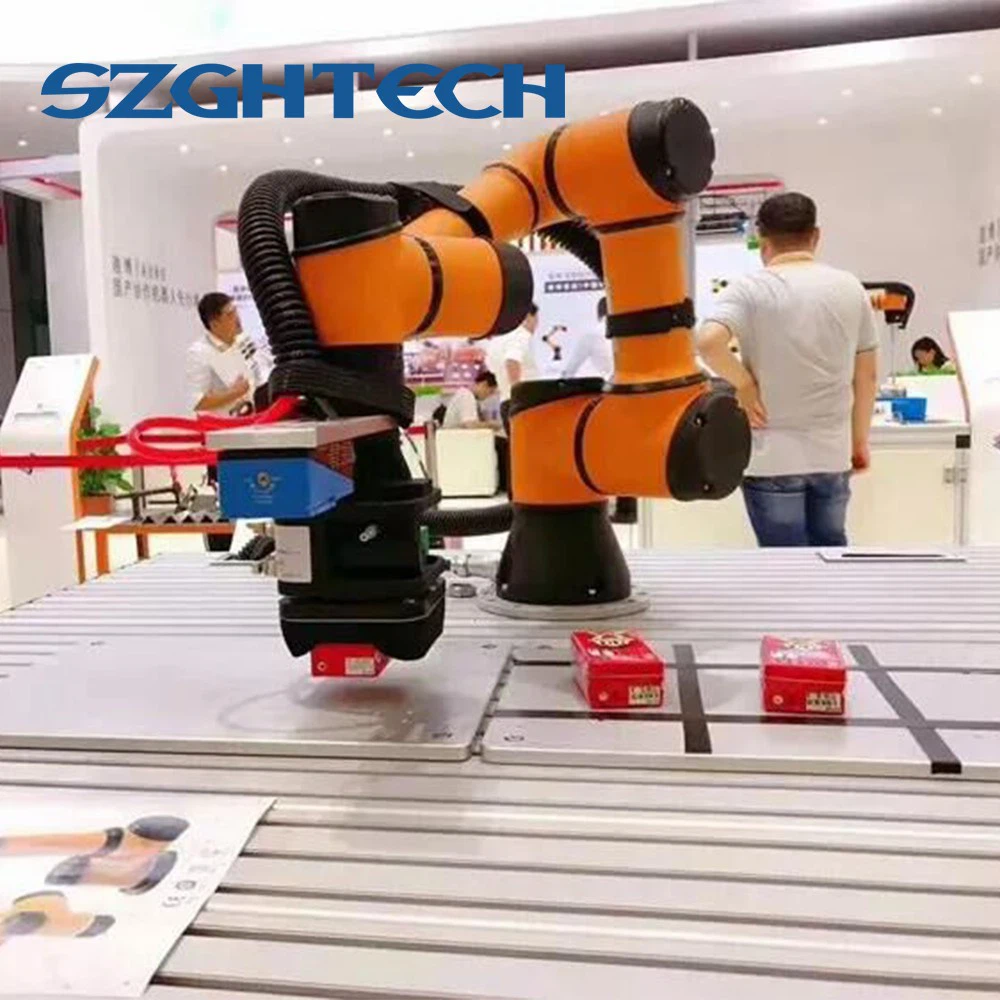Robots and AI can work together to achieve close cooperation and coordination with each other for more efficient, intelligent, and flexible workflows. Here are some examples of how robots and AI work together:
1) Automated production: Robots can perform highly repetitive and tedious tasks on the production line, such as assembly, welding, packaging, etc., while artificial intelligence can optimize production planning, material management and production processes through data analysis, prediction and optimization algorithms, so as to realize the automation and intelligence of the production line.
2) Intelligent logistics and supply chain management: robots can perform tasks such as material handling, loading and unloading, classification and other tasks in the field of logistics, warehousing and supply chain, while artificial intelligence can optimize logistics paths, inventory management, order management, etc. through big data analysis, prediction and optimization algorithms, so as to realize the intelligence and efficiency of logistics and supply chain.
3) Intelligent customer service and service robots: Artificial intelligence can realize the functions of intelligent customer service, online consultation and service robots through natural language processing, speech recognition, image recognition and other technologies, while robots can achieve physical operations through robotic arms, sensors and other equipment, such as extracting materials in the warehouse and delivering materials.
4) Intelligent assistance and collaborative robots: Robots can obtain environmental information through sensors, vision systems and other devices, while artificial intelligence can analyze and understand environmental information through data analysis, recognition algorithms and other technologies, and provide intelligent assistance and collaboration for robots, such as unmanned operation in dangerous environments, task cooperation with artificial intelligence on the production line, etc.
5) Intelligent decision support: Artificial intelligence can provide intelligent decision support for robots through data analysis, model building and other technologies, such as autonomous navigation, path planning, task scheduling, etc., so as to improve the intelligence and autonomy of robots.
6) Data sharing and learning: Robots and artificial intelligence can support and improve each other through data sharing and learning, for example, robots can provide training data for artificial intelligence through data obtained by sensors, and artificial intelligence can analyze and optimize data through the task and operation records performed by robots.

To sum up, robots and artificial intelligence can play their respective advantages through close cooperation and coordination, so as to achieve more efficient, intelligent and flexible work processes, and realize the combination of robots and artificial intelligence in many fields .

